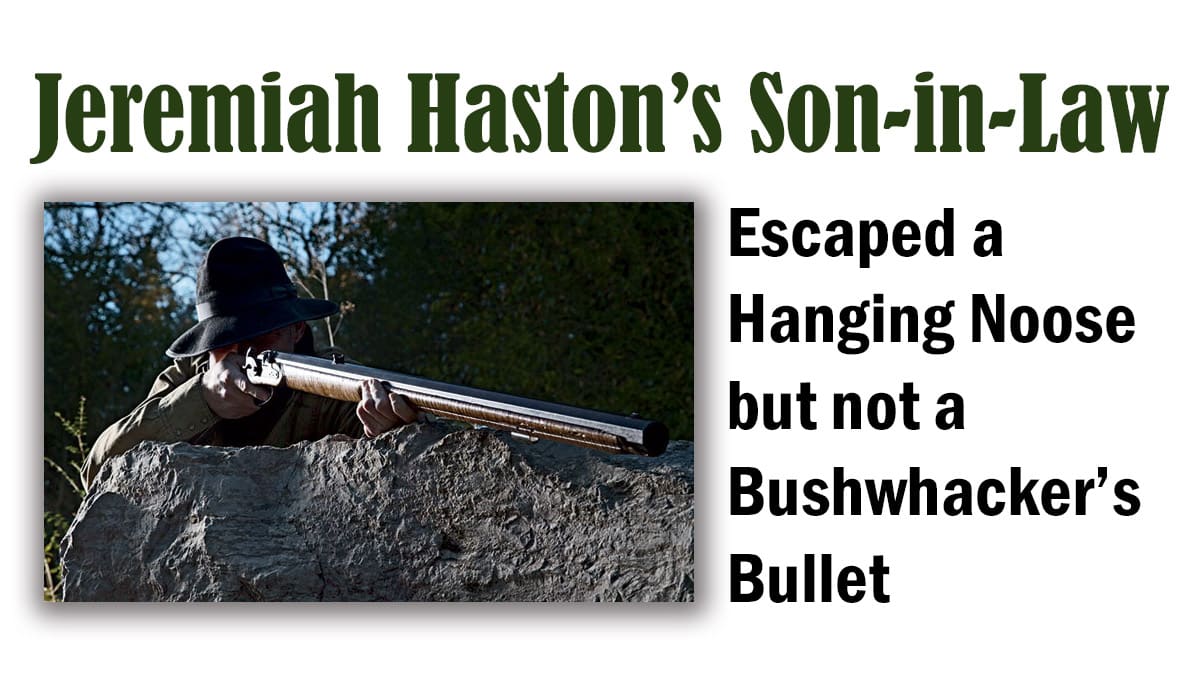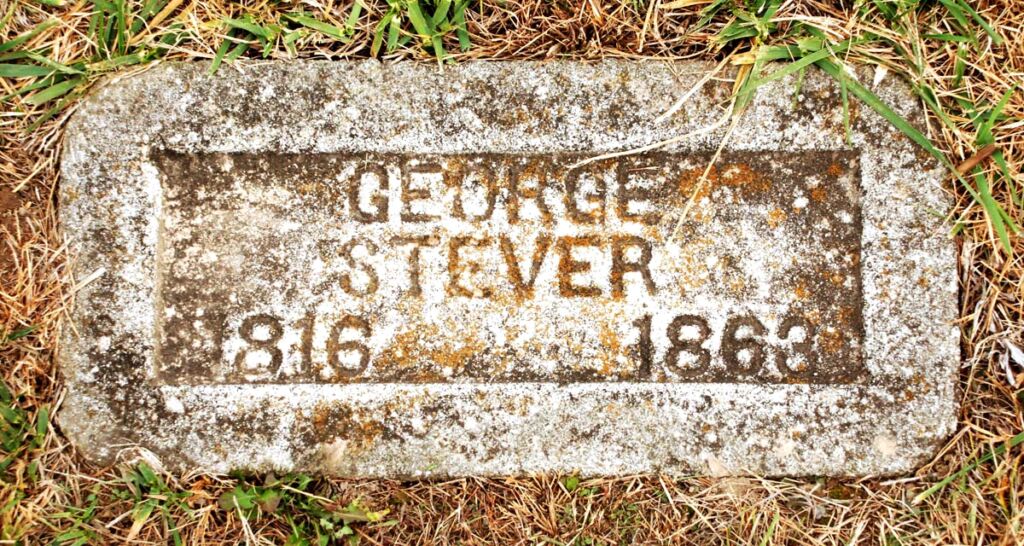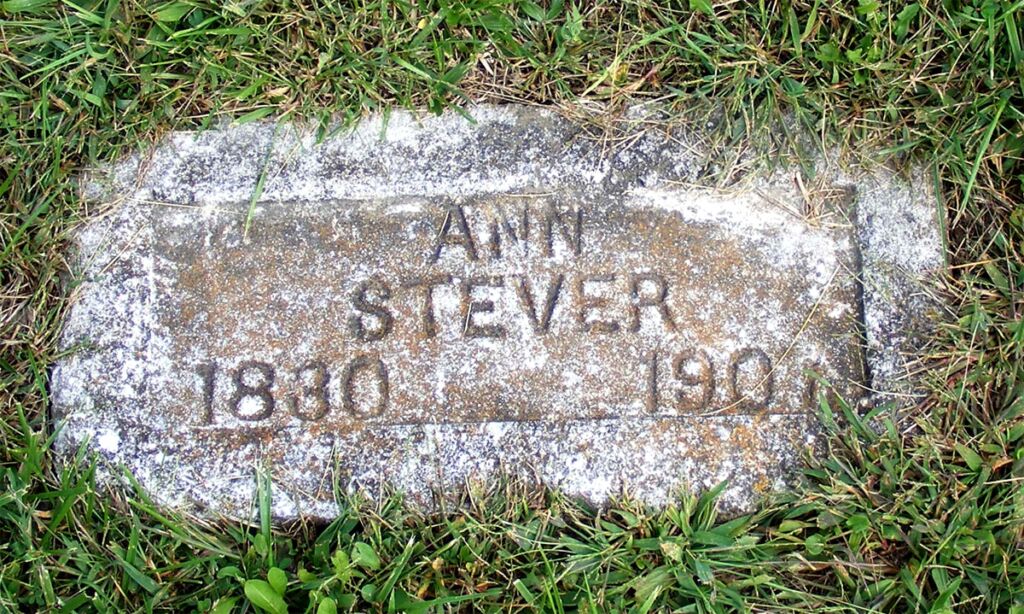The Civil War Divided the Haston Family in Missouri


The August 10, 1861 Battle of Wilson’s Creek was the first major Civil War battle west of the Mississippi River. It was fought just a few miles southwest of Springfield in Greene County, Missouri. Fortunately for Isaac Haston and most of his family, the battle took place about four years after he moved from the Springfield, Missouri area to California. But his brother, Jeremiah Haston, and all of his children, sons-in-law, and grandchildren were still in the Ozark region of Missouri, living only about 35 to 40 miles northeast of the battle.
Apparently, Jeremiah Haston (son of Daniel Haston) was pro-Union. Citizens of Dallas County, MO, where Jeremiah lived, largely aligned with the Union. But there were many Southern sympathizers in Dallas County and surrounding counties, such as Webster County, where Jeremiah’s son, John W. (and wife, Mary C.) Haston and his daughter Hester Ann (wife of George W. Stever) lived. All three of Jeremiah’s sons served in Federal military units. One of his sons-in-law, Martin Rose (husband of Malinda Haston), enlisted in the Confederate Army, the first Missouri unit to officially enter the Confederate Army.
The Battle of Wilson’s Creek crystallized Civil War loyalties in the Missouri Ozarks and resulted in family divisions.
George Wasington Stever, Jr., Part 1
Hester Ann Elvira Haston, daughter of Jeremiah and Esther Riddles Haston, married George Washington Stever, Jr. (born in Madison, Kentucky) on June 1, 1848. George married Elizabeth Hill in Missouri on October 24, 1844, but she died in 1848. At the time of the 1860 census, the George Stever family was living next door to Hester’s brother, John Wesley and Mary C. Haston. They were in Washington Township of Webster County, Missouri.
Jeremiah Haston’s son-in-law, George W. Stever, was involved with some rebel marauders in Webster County, Missouri in December 1861, as well as late August and early September 1861. He was tried for those activities by a Union Army Commission in Springfield, Missouri.

George Stever was tried under Missouri’s General Order 18, proclaimed on May 29, 1862, which stated that rebel guerilla fighters should be executed on the spot. George pleaded “not guilty.” Had he been found guilty, he would have been hanged or shot.
George Wasington Stever, Jr., Part 2
Although the specific dates of George Stever’s trial are not known to me, the summary of the final verdict was issued on December 24, 1862. George’s trial revolved around two questions: Was his participation with rebel marauders forced or voluntary? Had he been loyal to the United States since December 17, 1861, when his protection expired, according to Missouri Governor Gamble’s amnesty proclamation regarding pre-December 17, 1861 transgressions?
George Stever was found not guilty of the specification that he carried away property of Union men. The Commission concluded that he did consort with rebel enemies but it could not be proven that he was a willing participant. However, the “acts imputed to the prisoner were subject to an amnesty from Gov. Gamble which expired on the 17th of December 1861 as by subsequent General Orders.” George was required to give a $1,000 bond and renew his oath of allegiance.

In the trial, his neighbor and sister-in-law, Mary C. Haston (wife of John Wesley Haston, brother of George’s wife) was not favorable to him on the witness stand—she was his most-condemning witness. She probably knew him very well. If Governor Gamble had not proclaimed a pre-December 17, 1861 amnesty, Mary’s testimony would no doubt have resulted in her brother-in-law being hanged or shot. Here are some of her responses under oath:
Question: Do you know whether the prisoner was in the habit of associating with secessionists?
Answer: He was.
Question: What means have you to know that he associated with rebels?
Answer: He brought them to my house.
Question: How many did he bring to your house?
Answer: There were himself and eight others the first time.
Question: Did he come to your house at any other time with rebels?
Answer: He came to my house about two weeks after his first visit with fourteen rebels besides himself.
Question: What did the prisoner [George Stever] do while at your house the first time?
Answer: He did nothing but remained at the gate while the rebels who were with him searched my house.
Question: What did the prisoner do while at your house the second time?
Answer: The prisoner did nothing but remained at the gate with his gun while the rebels with him searched my house, abused me and made threats of violence unless I procured a light.
Question: About what time or times in the year 1861 was the prisoner at your house?
Answer: He was at my house the first time about two weeks after the Wilson Creek Battle.
Question: What time was he at your house the second time.
Answer: About two weeks after the first.
Question: Did the prisoner ever take and carry away any of your property?
Answer: He did not, but the rebels in company with him took and carried away a pair of bullet molds.
Question: What is the prisoner’s general character in the neighborhood as to his being a rebel and having acted with them.
Answer: He has the reputation of being a very busy rebel, pointing out to rebels the property of Union men and keeping rebels at his house.
Question: (Something about how close he lives to Mary Haston’s house.)
Answer: Less than half a mile. [See the 1860 census record on page ?. The Stevers were adjacent neighbors to John Wesley and Mary Haston.]
Question: (Something like – “Are you the two of you friendly?”)
Answer: No, we are not.
Question: How long have you been unfriendly?
Answer: It has been as long as six years since we have been friends.
Question: (Something about her knowing the men who were with the George at her house.)
Answer: I do not know any of those he was with at my house. They told me that they were Southern men.
Question: (not recorded)
Answer: All his neighbors tell me that he is a rebel. His father-in-law, Mr. Hastings [Jeremiah Haston, Sr.] say so and a great many whose names I cannot recollect.
Note: It appears that she may have said or started to say that Mrs. George Stever [Hester Ann Elvira Haston] also said her husband was a rebel (or something to that effect), but she was stopped and it was marked out of the record.
George Washington Stever, Jr., Part 3
Source: https://crhailey.tripod.com/steverhist/gwstjr.html
George’s homestead was about 1/2 mile north of the Stever Cemetery [GPS Coordinates: 37.4646988, -93.0397034], where he was living at the time of his death. He homesteaded 120 acres in 1857, with the grant maturing in 1877. The grant was authorized by Rutherford B. Hayes, President of the United States. In 1852, George purchased forty acres from Emsley Wharton. Sarah Stever Miller, George’s granddaughter tells us that she has the original papers.
On May 28, 1863, George was plowing the farm of his mother south of the cemetery when he was shot and killed by “bushwhackers.” Bushwhackers were people who sided with either the Union or Confederacy but were not in either army. They were a despicable lot to the local residents and known to take advantage of the war to further their own interests. The family thought the shooting was due to the fact that George had hauled some supplies for the Confederate Army for hire.

Left with a large family, the widow, Hester Ann, continued to operate the farm and care for her family. After George’s death, the Union soldiers took all the meat that Hester had for the family table.
The family has passed to the younger generation the names of those suspected of shooting George. When Peter [Stever] and James Madison [Stever] returned to Missouri, after the war, two of the “suspects” left the community. We will not list the names here.
Peter Stever and James Madison Stever were brothers of George Washington Sever, Jr. (all sons of George Washington Sever, Sr.). Our uncle, James Benton Stever, told us of the incident. He could remember it well. He was at that time living with grandmother, Sarah Payton Stever. Someone heard the shot from the gun. Then, shortly the horse came to the house dragging the plow. Some of the family, probably James Madison, went looking for George. When the report of his having been shot was brought to his mother, Sarah, James Benton told of his remembering how she wept and mourned.
The Civil War was a most trying time for the Stever family, as it was for many persons in that area. We find among the old letters this brief note, which gives some insight into the times.
“Jefferson Nimo and a Mr. Franklin was killed at the widow Wolf’s last friday nite. The court house in Marshfield is burnt. The feds done it their selves. Everything in it was burnt except the safe. Hell is aflote here and the devil is stering oar. J.T. have received your letter. Rite now. March 2, 1864.”
George’s son by his first wife, Franklin Stever, served in the Union Army during the Civil War, Co. M., 16th Regiment, Missouri Cavalry, Volunteers. This was the same regiment in which his first cousin, Jeremiah M.C. Haston, served. Franklin was mustered in Nov. 1, 1863 and mustered out, July 1, 1865. Both actions were at Springfield, Missouri.


If you appreciated this article, please share it with others who might also enjoy it.

